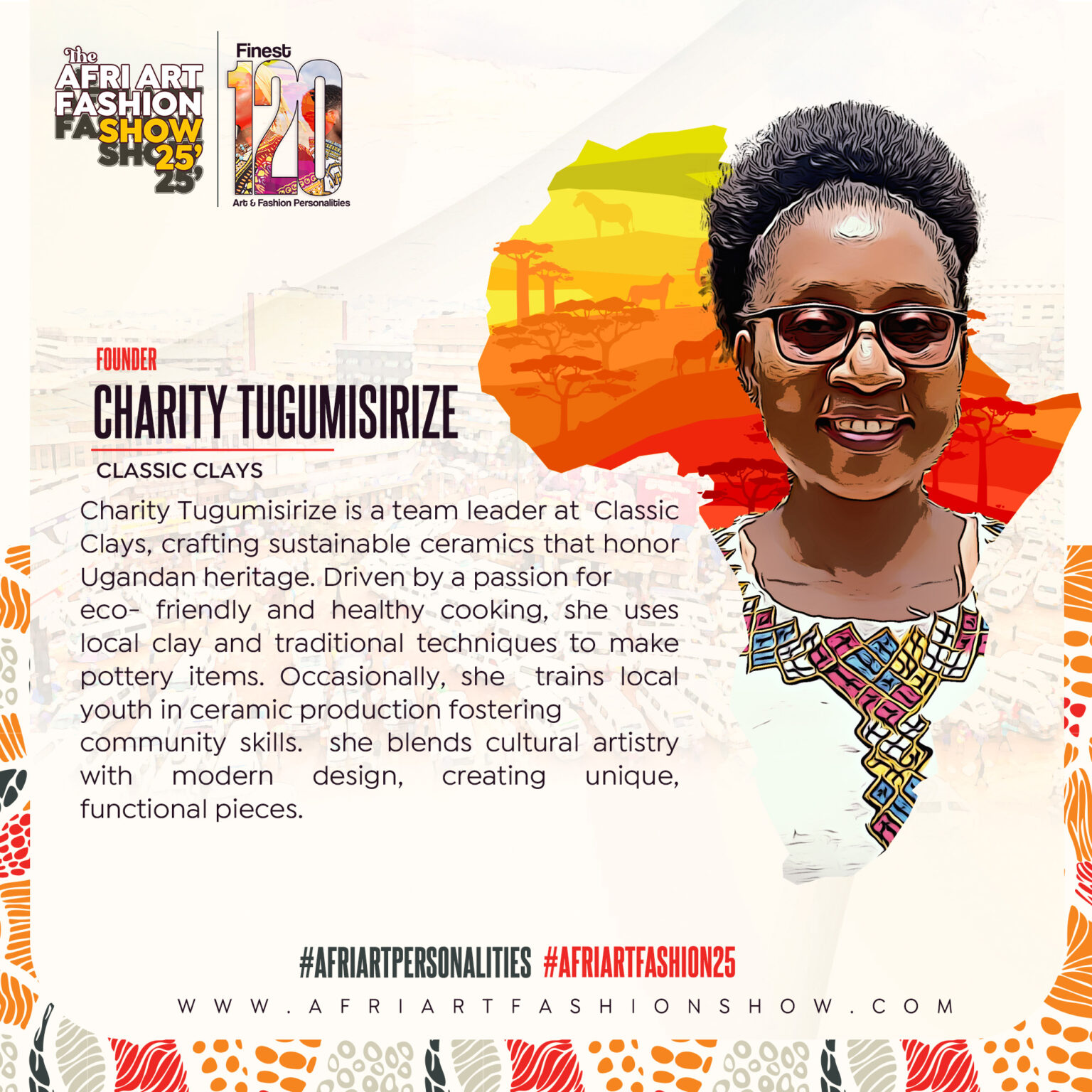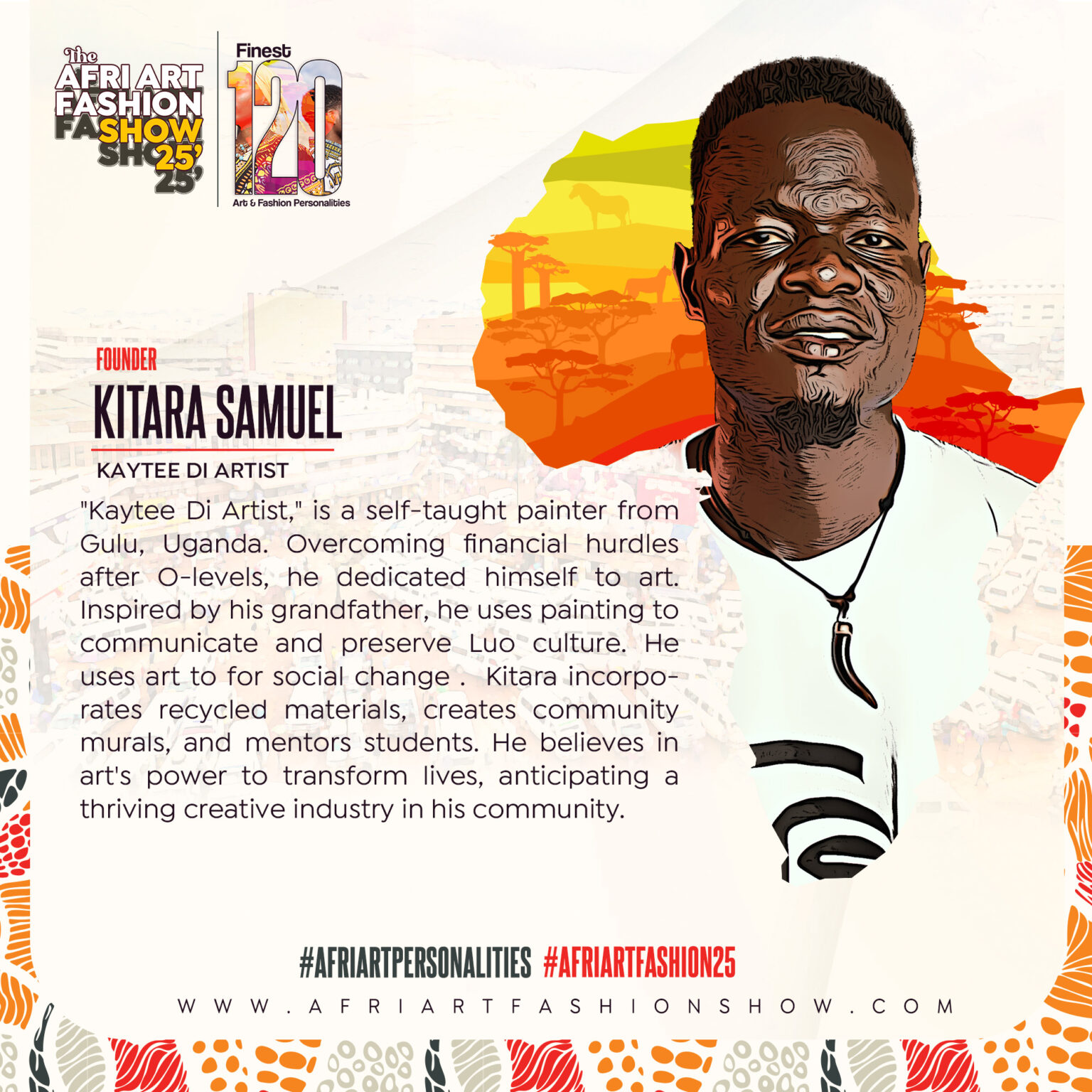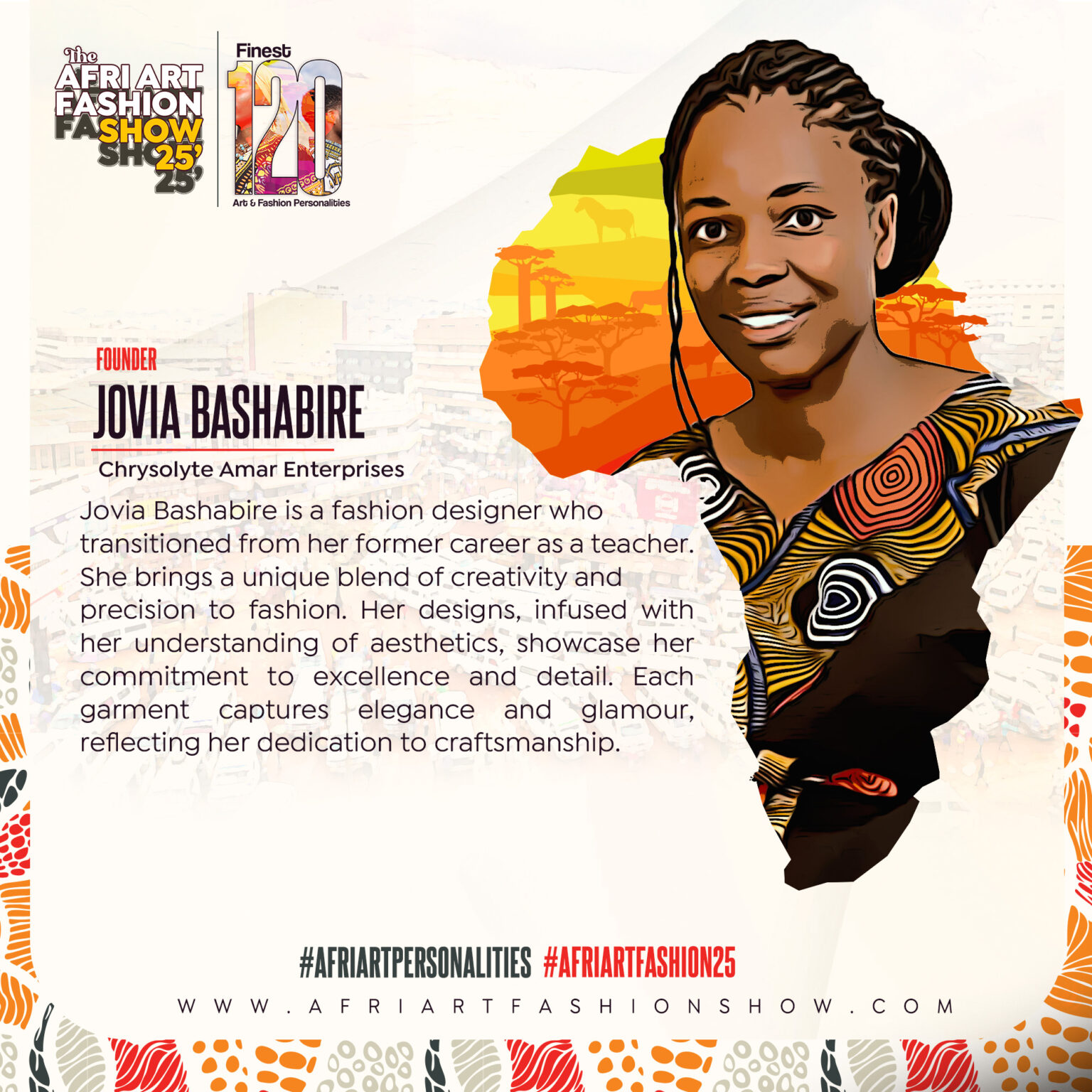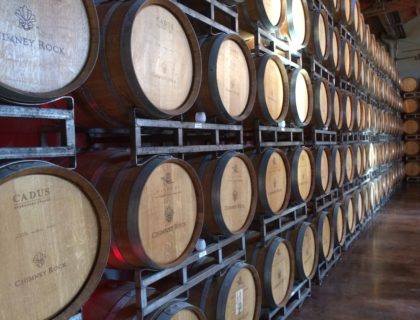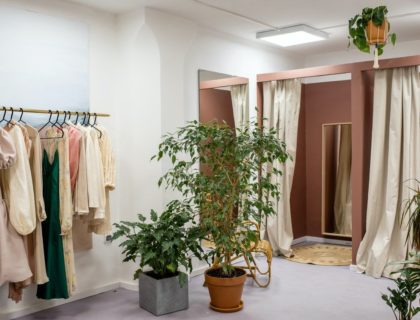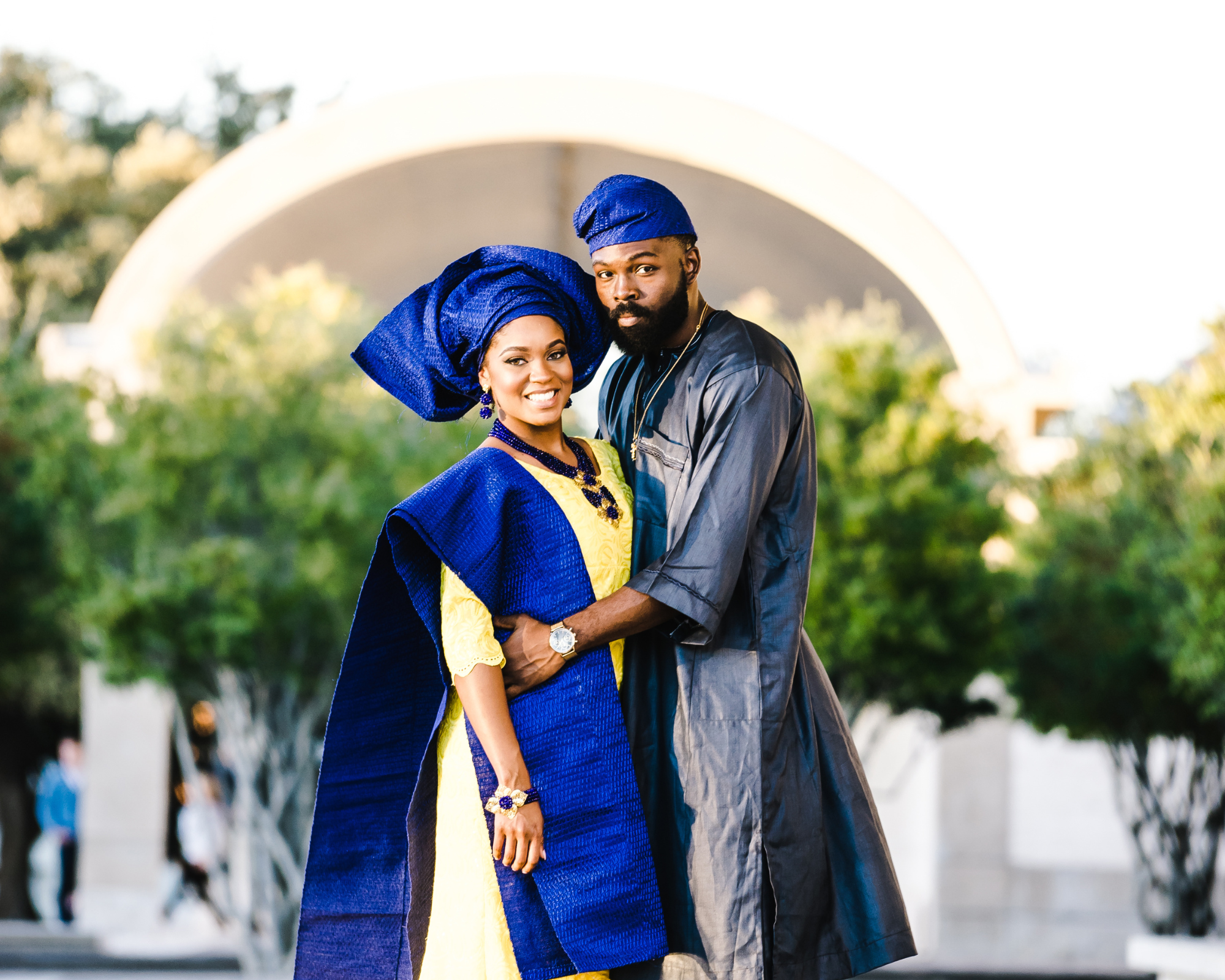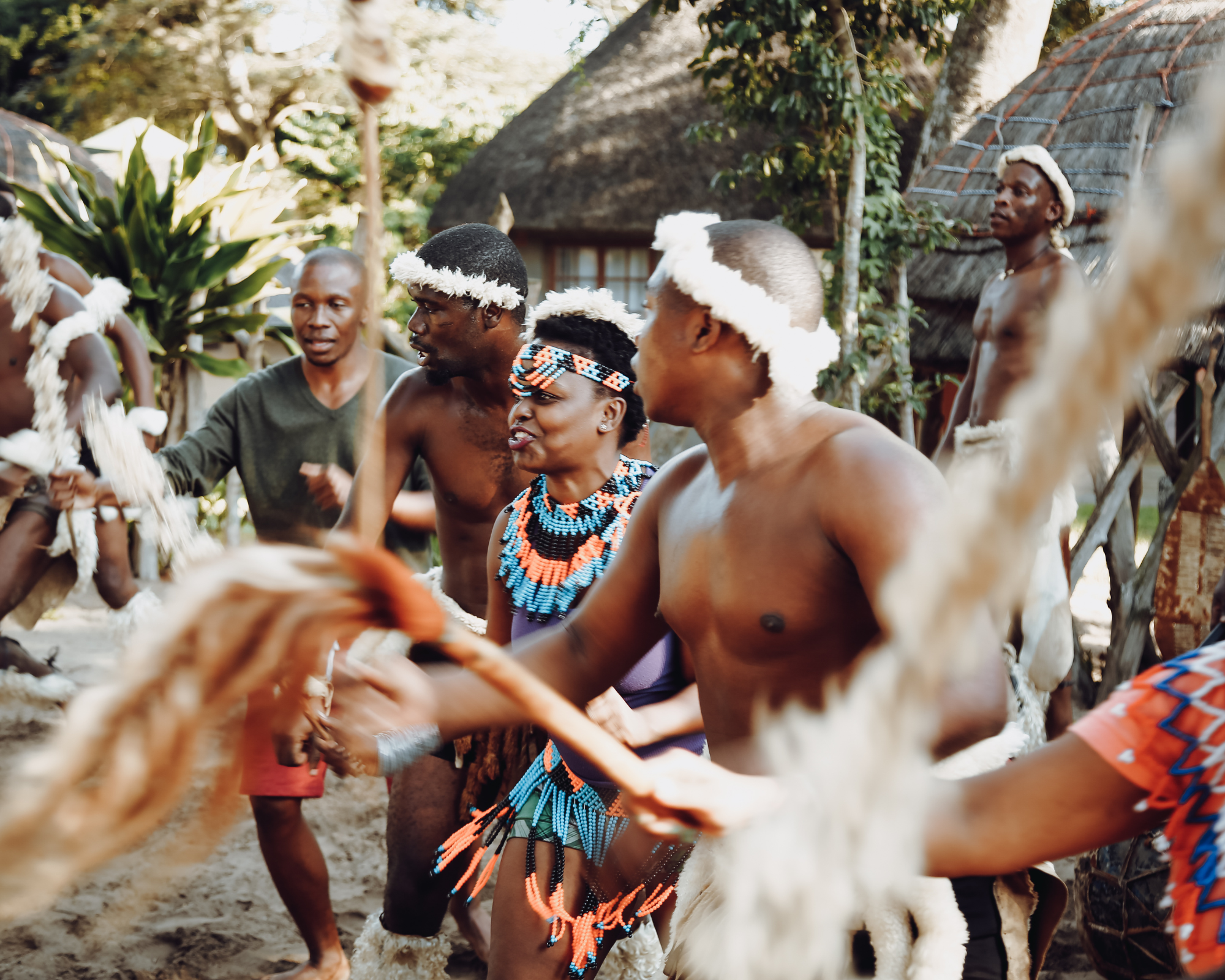What’s the vintage got do with the quality and taste of wine?
While the wine’s vintage represents the year in which the grapes that were used to craft that wine were grown and harvested, understanding vintage differences can help guide you towards what vintages work well for your palette. Following up on my previous article around how to get better value for better wine, I touch on the vintage and key guide to consider when buying wine blindly.

Have you ever consistently purchased the same wine variety for a few years as a new vintage is released every year and noticed the difference in the same wine variety from the same winery crafted by the same wine-maker? Like a marriage, wine evolves. The only way to keep up with the wine and enjoy it at its best version is to keep tasting and see if you are still in love before an unexpected surprise.
As the weather conditions vary from year to year , the quality of wine produced is also affected. However, with climate change, the shift in climate and the resulting changes to weather patterns and carbon dioxide levels may just as much cause shifts to grape chemistry and the resulting quality of wine.

A warmer year might give grapes the best chance of reaching full maturity and optimum ripeness levels whereas if a region receives too much rain and clouds, grapes do not get the opportunity to fully ripen and could produce a wine leaning more towards savoury.

On a more extensive note around the term, ‘vintage,’ wines labelled ‘vintage’ are determined by the content in the bottle which must be sourced from 75-95% of the same grape crop. That means three-fourths of a bottle comes from grapes grown at the same time but does. not mean those grapes are identical varietals. Vintage wine is also referred to wine made from grapes that were all, or primarily, grown and harvested in a single specified year, whereas a non-vintage wine (NV), is usually a blend from the produce of two or more years.
Let’s also keep in mind that the ability of a wine to age is influenced by many factors including grape variety, vintage, viticulture practices, wine region, winemaking style and the condition that the wine is kept in after bottling. 90% of bottled wines are meant to be drunk right after bottling or at maximum five years after bottling.
My new trend around buying wines could be based on the Covid-19 crisis travel and lockdown restrictions that have got me exploring a wider variety of wines like never before. Somehow, my creative mind has opened-up to a more diverse selection including wines I would not ordinarily open up to. What’s interesting is lately, my new additions to my favourite wine selection are pre-dominantly 2017 vintages.

I may be going crazy or not but it seems that 2017 may have been a good year for South African Wines. Despite the Cape drought, there were low yields, but without major heat waves. Lower temperatures at night helped retain acidity and slow sugar development, while phenolics kept developing, hence producing graceful- yet- expressive wines with a touch of complexity. What’s great to look forward to despite the Covid-19 pandemic crisis, South Africa expects exceptional 2020 vintage.

Wine is subjective based on each and every palate, however, I hope that this article has shed more light around the ‘Vintage’ and can help you make better choices on your wine consumption choices and preferences.
Enjoy your wine and drink responsibly.
Yours fabulously,

